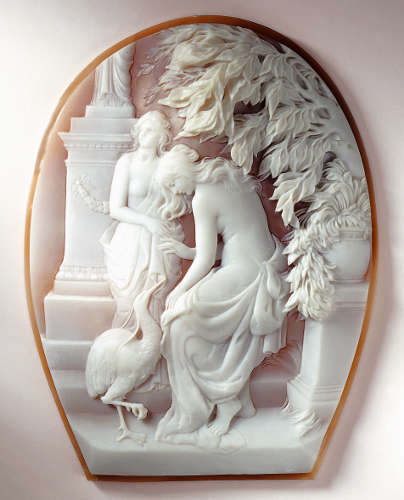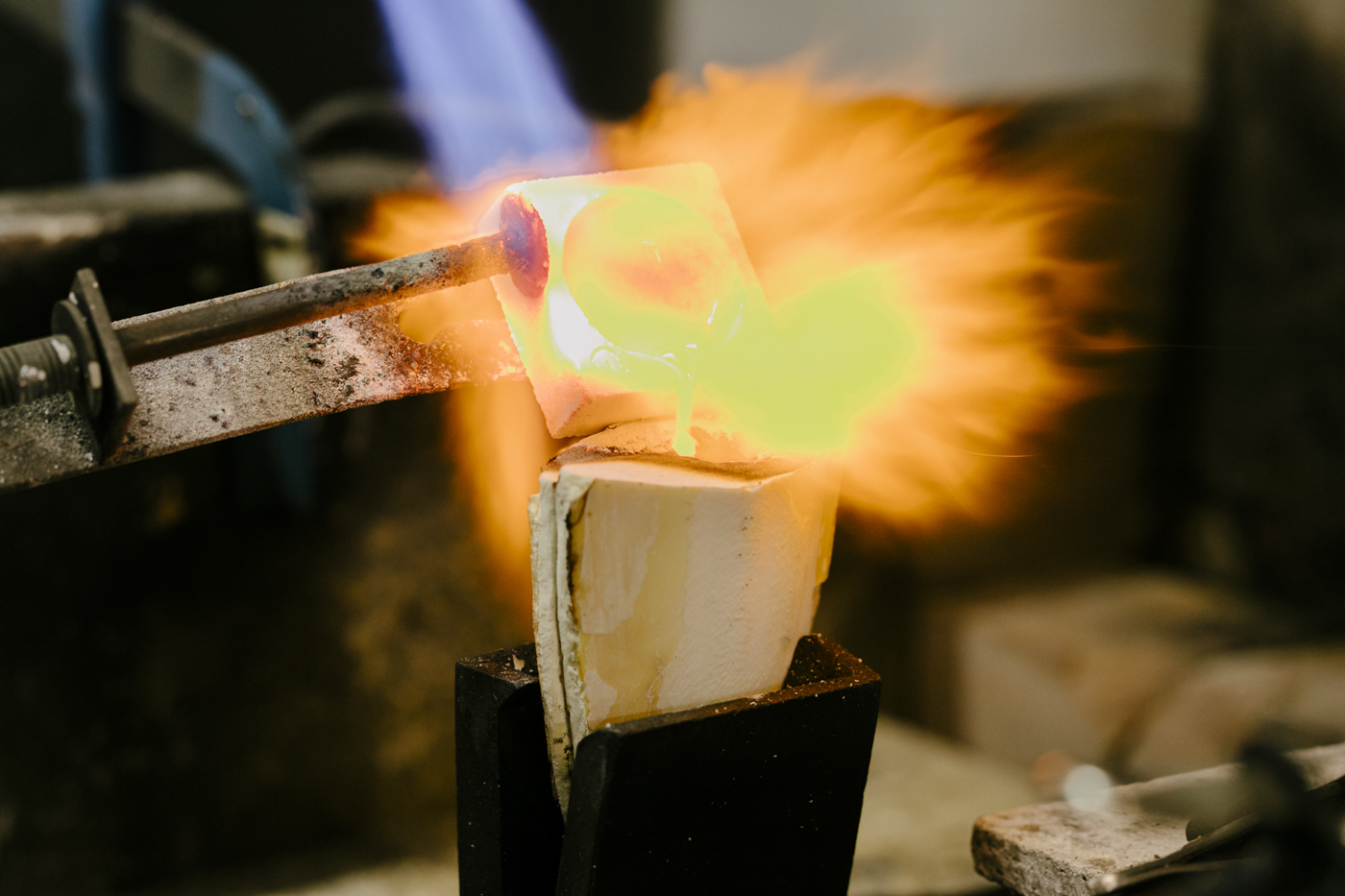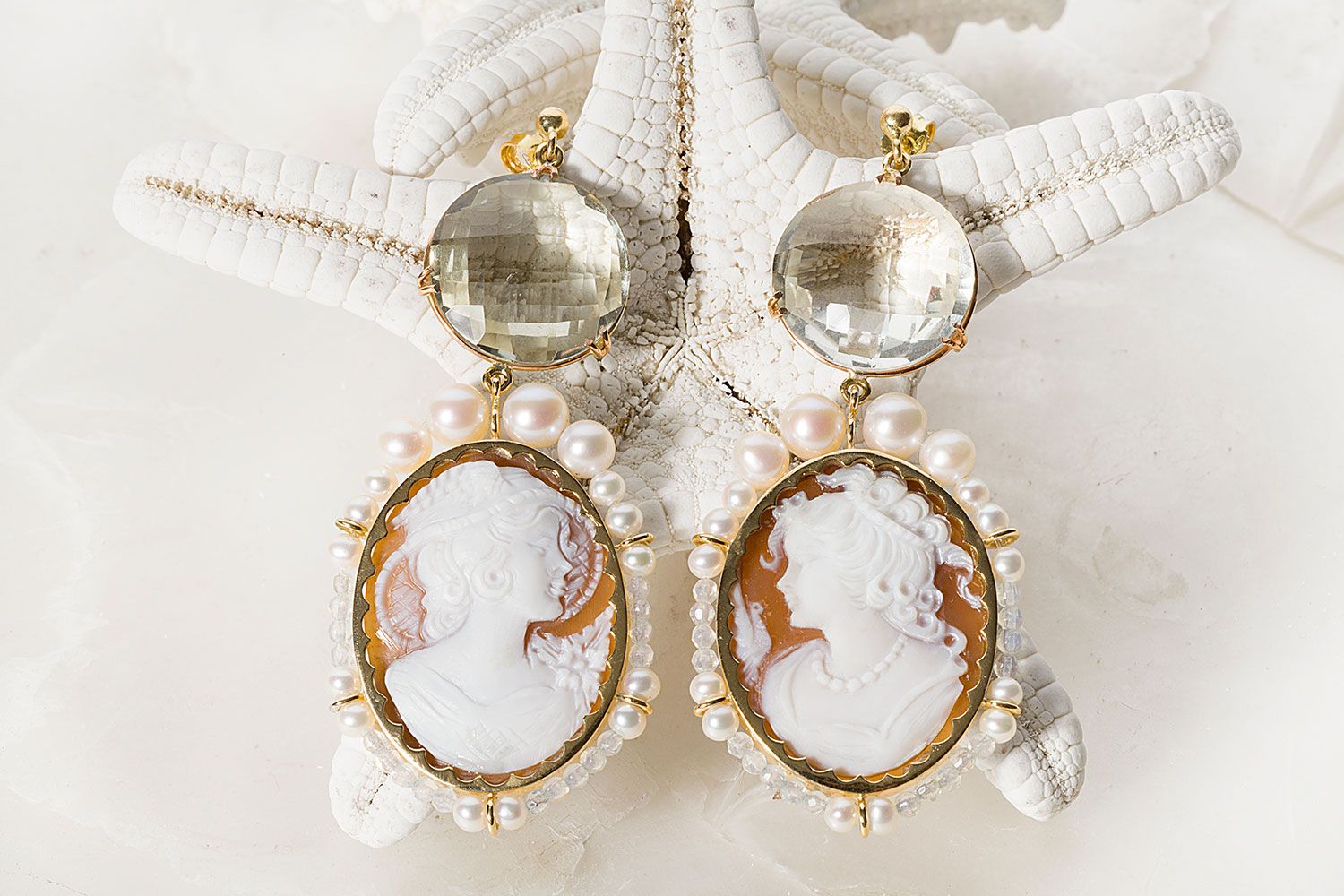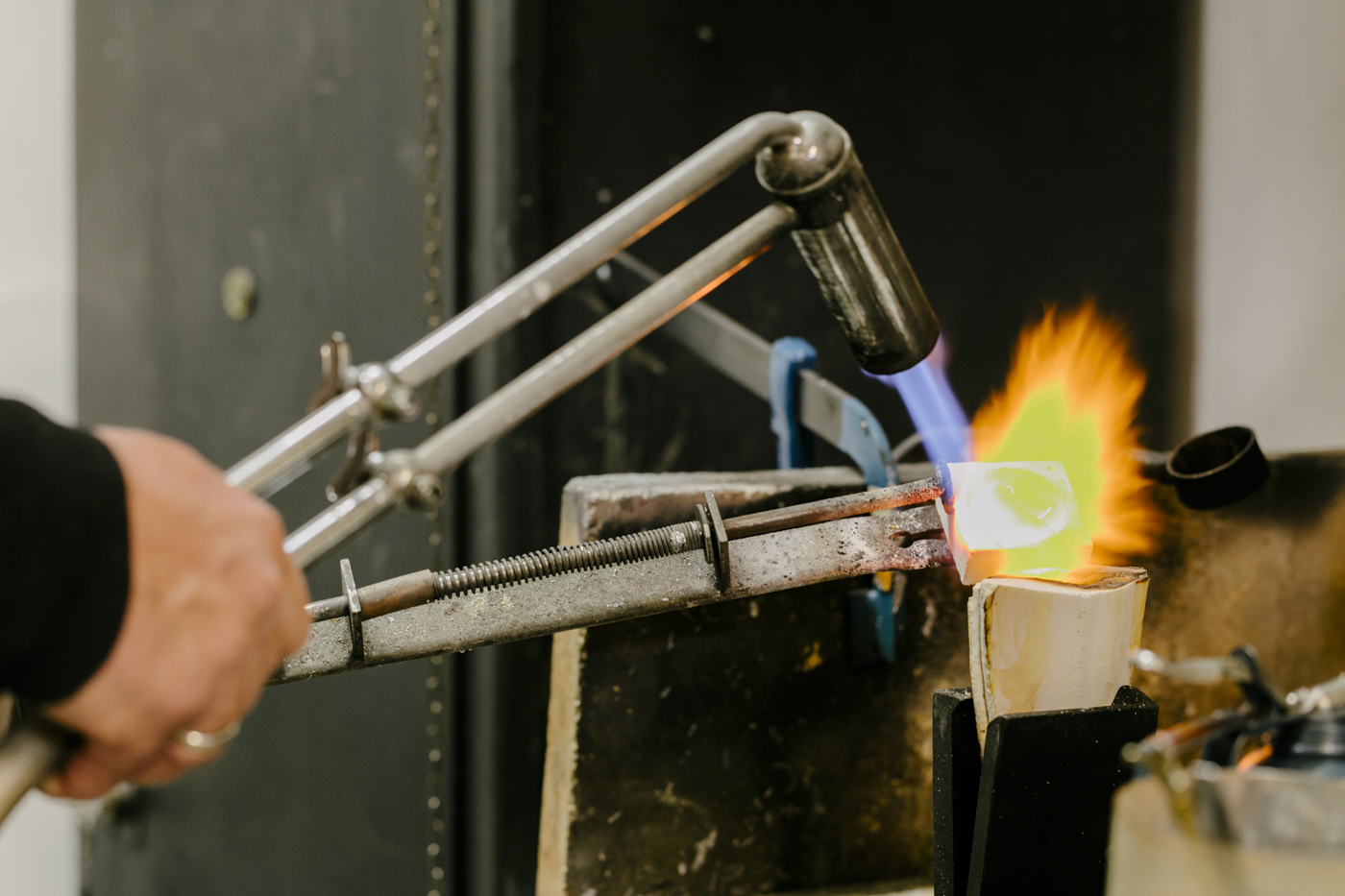
Cameos, precious jewels whose charm never wanes, are now one of the most prestigious craft expressions of Italy, particularly Campania.
Torre del Greco, a town on the Gulf of Naples, is now the capital of cameo making, a tradition that nevertheless dates back to the Mesopotamian civilization.
But let’s find out together how the practice of carving precious stones, semi-precious or hard, and shells to create fine jewelry came about…
Cameos draw their origin from the earliest Egyptian seals, dating back to 3000 BC. Carving was done on soft materials, such as clay or wax, to seal a letter or container. However, the same seals were, even then, worn as amulets or good luck charms.
It was the Greeks, in 400 B.C., who were the first to employ cameos as jewelry for ornamental purposes. Greek engravers worked on hard, precious, and semiprecious stones ( chalcedony, jasper, carnelian, turquoise, and malachite), selecting them by color and ability to filter light.
Soon cameos also conquered ancient Rome. Rings, earrings, brooches and lockets portrayed gods, mythological heroes and illustrious historical figures. By the time of Augustus, one can speak of a vast production of cameos, mostly made of semi-precious stones, such as topazes and amethysts, or sardonyx stone.
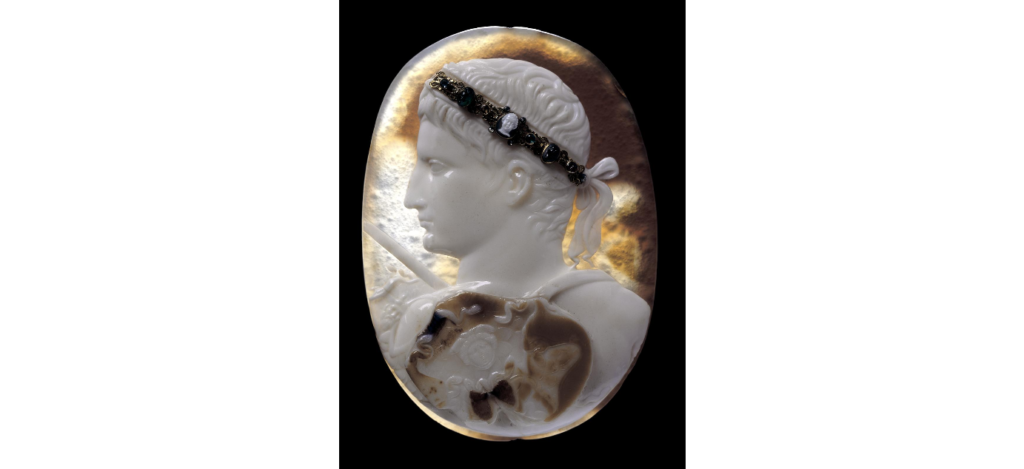
Instead, with the decline of the Roman Empire, their production suffered a sharp decline and throughout the Middle Ages they were used mainly to adorn reliquaries, crowns or caskets with religious subjects.
From the Renaissance onward there was a new interest in classicism, and cameos came back into fashion again, and their success has never waned since.
Ancient knowledge of cameo carving was gradually rediscovered. It is said that a seaman from the Bay of Naples had begun to engrave on sea shells during a long sea voyage. Thus began the tradition ofengraving on shells with their typical layered structure, necessary for such processing.
And in the mid-18th century, explorations enabled the discovery of new varieties of shells, which are still used today. These include the shells of the Cassis family (the Madagascarensis o Sardonica Madagascar and yellow-orange in color, the Rufa of the vast area between the Indian Ocean and the Pacific and red in color, the Cornuta of tropical seas and orange in color) are the most suitable for engraving, as their surface is composed of two distinctly different color layers and allows the relief figure to be perfectly isolated from the background.
It was not until the early 1800s that cameos were recorded in Torre del Greco by Roman artists who were experts in engraving on semi-precious stones. Early experiments in making small bas-reliefs from shell fragments, which are easier to engrave, can also be traced to this era.
